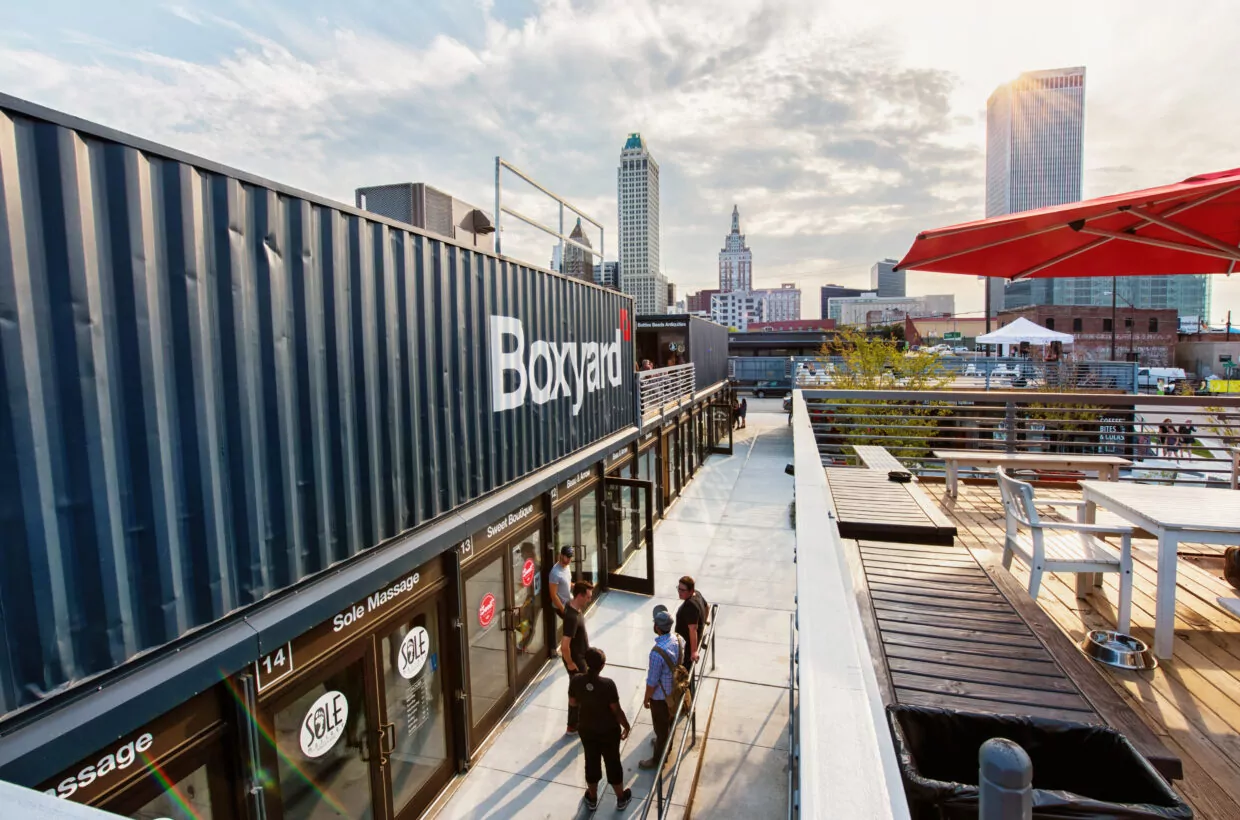Exponential Opportunity for Living
Ready for more than your run-of-the-mill metropolitan? Living in Tulsa means having access to world-class parks, sports, family-friendly educational opportunities and unexpected adventures. Tulsa also boasts a calendar’s worth of inclusive events and festivals, an exciting nightlife and a downtown scene packed with arts, culture and city streets that are alive and active. Pair all of this with a growing population, available housing and a cost of living that’s lower than national averages and you have a region ripe with possibilities.
From established sectors like advanced manufacturing, energy and transportation to emerging industries like advanced mobility, northeast Oklahoma provides a business environment where a diverse range of companies can realize success.

Cost of Living
When you move to northeast Oklahoma, you’ll find lower prices on everything from housing to groceries to transportation.
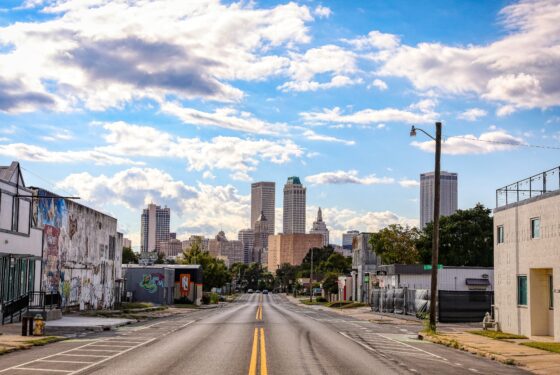
Transportation
Whether you’re flying high from Tulsa International Airport or cruising any of the 199 square miles serviced by Tulsa Transit, you’ll find your commute here is a lot shorter than in other major cities.
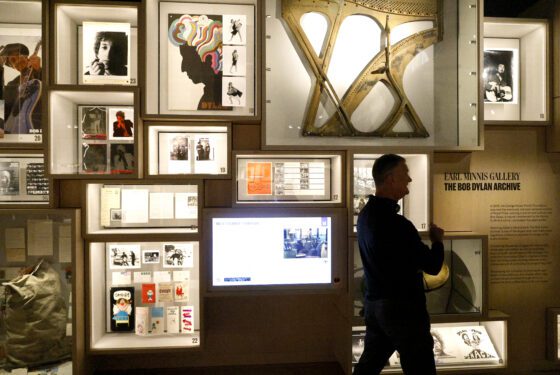
Arts & Culture
With several festivals, a monthly Art Crawl and world-class museums like the Philbrook Museum of Art and the Tulsa Art Deco Museum, you’ll never run out of creative things to do in Tulsa.
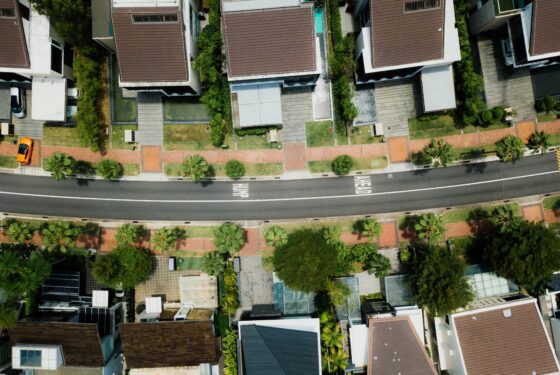
Housing
Tulsa is growing and so is the city’s available housing. Many new developments and properties are being built throughout northeast Oklahoma — giving new residents abundant choices for their new home.

K-12 Education
For parents looking for a top-rated public school district or private school, along with technical schools that provide a range of career-focused learning options, the Tulsa region provides plenty of options.
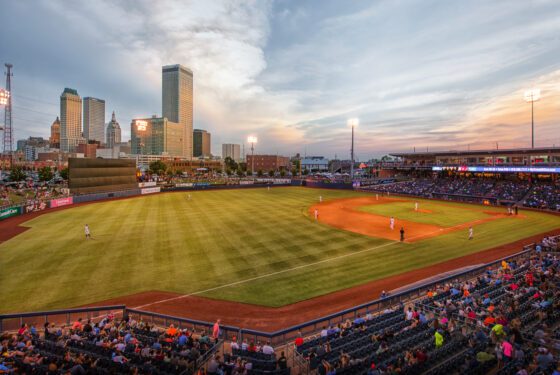
Sports & Outdoors
Whether it is the crack of a bat or the sizzle of skates cutting into fresh ice, Tulsa is home to a range of sports teams, from baseball to soccer, hockey and arena football. The city’s also an ideal place to get out and enjoy the hundreds of wilderness areas, parks and public greenspaces.
